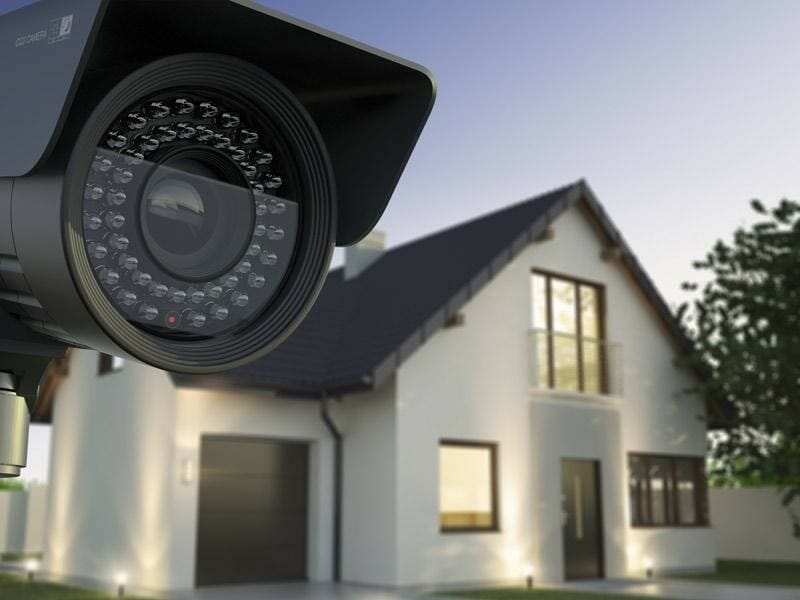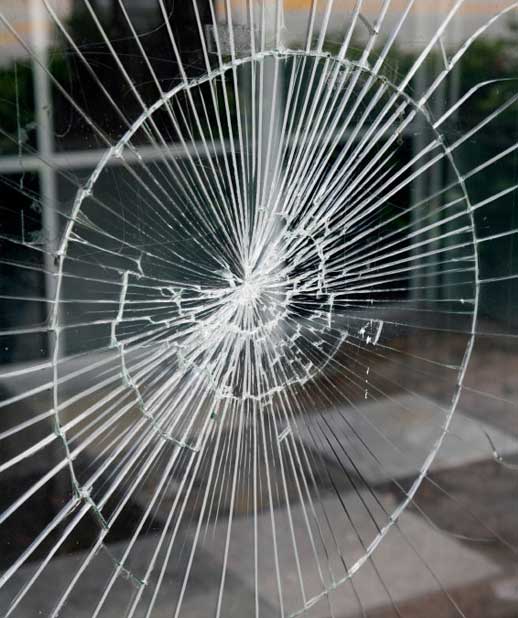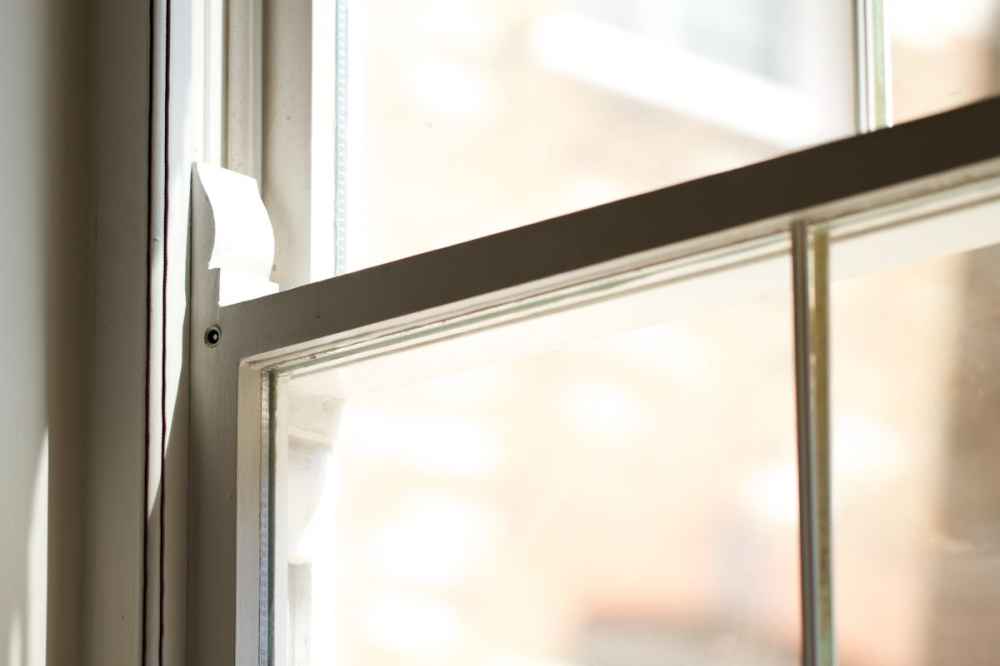Guide to Planning Security Systems for New & Renovated Homes
When building or renovating a home, one area which is often overlooked in the planning phase is home security.
Rather than risk a potential break-in, it’s best to install your security system early, so your home is protected even before the build or renovation is complete.
According to the WA Police Force, there were over 20,000 burglaries in 2019 alone. With around 75% of burglars taking less than 5 minutes to enter a property, improving your security is a must.
There are a huge variety of home security systems and devices available – from CCTV, to alarms, to security doors to window film and everything in between.
For optimal protection, the best strategy would be to incorporate all security products. However, for most people, the budget doesn’t stretch that far.
There are a range of factors to consider when planning your security system. Read on to find out what these are – and which would best suit your home and your budget.
1. Map It Out 
When budgeting for your new home build or renovation, be sure to assign some funds to security. Otherwise, you’ll likely find your budget has been exhausted and your home is not particularly well-protected.
New homeowners can customise their security system to provide effective protection and even anticipate future changes to the property.
Therefore, you should -re-plan your wiring carefully and map out your security system, so that all areas of the home are covered.
If you’re renovating your home, do something similar and map the layout to get an idea of where the keypads, sensors and cameras will go.
You can also divide your home into different zones. Each security system has a specific coverage area or zone, so understanding these zones will tell you how many sensors and other devices you’ll need in each area.
2. Fence Out Potential Intruders
Fencing and gates are a great deterrent to potential intruders, as they create a barrier between your property and the street and surrounding areas.
For ultimate protection, ask your fencing contractors to enclose your whole property, so the entire perimeter is secure. Also, make sure your gates are robust, with an auto-lock mechanism. You may also wish to consider investing in electric gates.
3. Go Smart and Wireless
 Home security systems are increasingly embracing the digital revolution, allowing for control via smartphone apps and other digital offerings. This makes it easier to go wireless with your security system.
Home security systems are increasingly embracing the digital revolution, allowing for control via smartphone apps and other digital offerings. This makes it easier to go wireless with your security system.
Homeowners undergoing renovation tend to be fans of wireless security systems, as they can be installed with minimal disruption to the property itself. New homeowners, on the other hand, can easily integrate pre-wiring for a home security system into their build plans, or they may choose to go wireless for modern convenience.
Wireless technology also extends to door locks. These days, you can achieve the reassurance that comes from deploying remote keyless locks, without the hassle of worrying about keys. Access to the home is provided with a code on your device or via your internet control panel.
4. Install Sensors
Door, window and glass-break sensors produce a loud alarm tone in the event of an intruder.
Motion detectors, available for both indoor and outdoor spaces, are used to alert you and your home security company of any intrusion while your home is armed. The sensor spans a certain distance and, when multiple detectors are used together, they form a seamless protective grid.
5. Sound an Alarm
The next step is to connect the input devices with motion sensor lighting and other output devices of your choice. A horn or siren alarm will be loud enough to alert you and to deter burglars. Add glass-break alarms to your windows for an extra layer of security that, when combined with motion sensor lighting, works to frighten away intruders.
Alternatively, if you are willing to invest in it, you can purchase a home alarm system that will automatically notify the police. It’s easier to install one of these systems when your home is under construction.
6. Connect CCTV 
CCTV is a huge visual deterrent for would-be burglars, especially when it comes to pre-planned crimes. A burglar is much less likely to target a home with CCTV than without it.
Consider installing CCTV to monitor the perimeter of your property. It can also be set up at various blind spots around your home which you can’t see from your windows, offering a further layer of protection.
Not only is CCTV a preventative measure, but it also proven an effective tool for identifying criminals – and brining them to justice.
7. Install Security Screen Doors & Windows
Did you know that over two-thirds of robberies are due to weak doors and locks?
Fortunately, you can avoid this issue by installing robust security screen doors and windows. Clearview’s security screens feature exclusive ‘Crimsafe’ technology which exceeds Australian safety standards. Crimsafe boasts a three-point locking system and structural-grade mesh to resist high-impact and even the most determined burglars.
Our products are all made-to-measure, which means we can fit a security screen to any sized door or window; there are no limitations.
8. Protect Your Windows with Security Film
 Window security film offers an undetectable added layer of protection to your property. The one-way film prevents prying eyes from seeing what goods you have in your home. It a potential intruder is unable to see what – and who – is in the property, they might think twice about breaking in.
Window security film offers an undetectable added layer of protection to your property. The one-way film prevents prying eyes from seeing what goods you have in your home. It a potential intruder is unable to see what – and who – is in the property, they might think twice about breaking in.
Furthermore, by adhering to the glass, should your window break, the glass holds together which makes it just that little bit more difficult for the intruder to enter.
Secure Your Home
Planning your security is an important aspect of your new-build or renovation project.
Once you have a plan – and a budget – in place, it’s time to contact the security professionals.
For the best security doors and windows in Perth, get in touch with Clearview Security; we’d love to hear from you.



